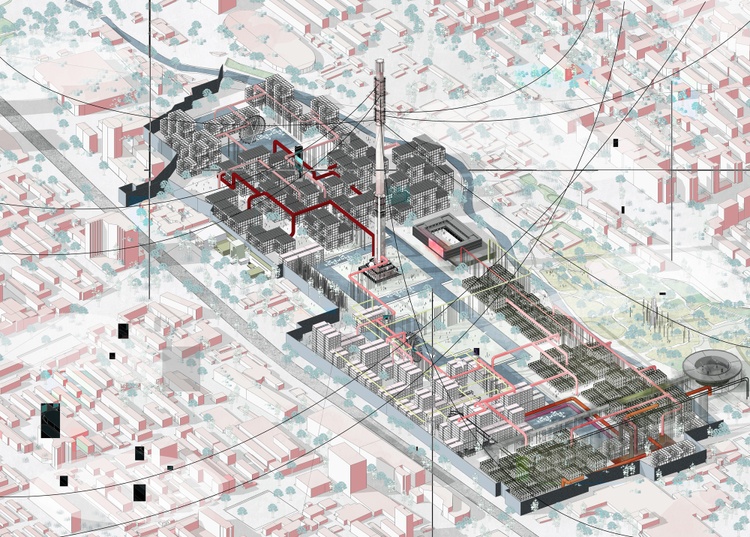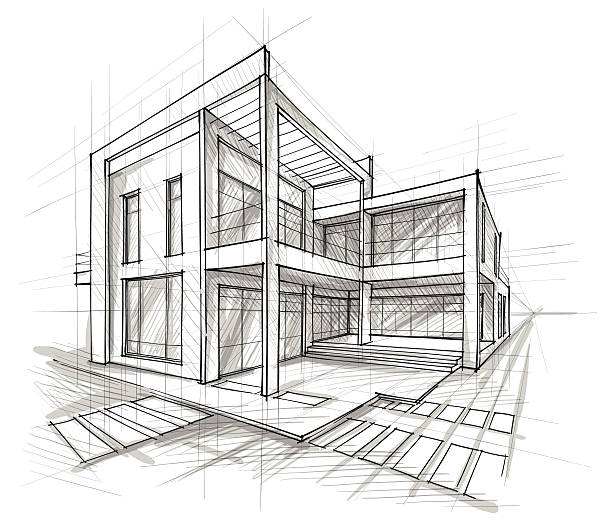An Extensive Summary of Architectural Designs and Their Impact on Modern City Preparation and Development
Architectural designs have actually long functioned as a mirror to the social worths and technological advancements of their time, playing a crucial function in forming contemporary city planning and growth. From the grandeur of Neoclassicism to the utilitarian technique of Brutalism, each design has actually presented one-of-a-kind concepts that influence urban aesthetic appeals and functionality. As contemporary obstacles emerge, including sustainability and community needs, recognizing these historic frameworks ends up being essential. The resulting discussion not just educates future design methods yet additionally elevates important concerns about the balance in between heritage and advancement in our developing metropolitan landscapes.
Historic Review of Architectural Styles

As societies transitioned through the Center Ages, Gothic design emerged, defined by its verticality and complex detailing, matching the spiritual ambitions of the age. The Renaissance marked a rebirth of classic perfects, combining art and architecture in ingenious manner ins which affected subsequent designs throughout Europe.

Today, architectural designs proceed to advance, driven by globalization and sustainability worries, mirroring a dynamic interplay in between heritage and advancement. This historic review underscores the importance of design as a mirror of social advancement and as a stimulant for city development.
Trick Architectural Styles Explained
The variety of architectural designs mirrors the myriad impacts that shape our developed atmosphere, each personifying distinctive qualities and cultural relevances. Key architectural designs include Timeless, Gothic, Baroque, Modernism, and Postmodernism, each representing distinct historic contexts and aesthetic philosophies.
Classical design, rooted in old Greece and Rome, stresses proportion, percentage, and making use of columns (cda architects). On the other hand, Gothic style, growing in the center Ages, is defined by sharp arcs, ribbed vaults, and flying buttresses, developing an aerial top quality in sanctuaries. Baroque architecture, emerging in the 17th century, is marked by splendour, elaborate ornamentation, and a vibrant interplay of light and shadow
Modernism, which acquired energy in the very early 20th century, focuses on feature over kind, making use of brand-new products like steel and glass to produce minimalist structures. Postmodernism, responding against the austerity of Modernism, welcomes eclecticism and historic referral, often integrating spirited elements and paradox.

Effect On Urban Preparation
In shaping the growth of cities, building designs dramatically affect metropolitan planning decisions. The selection of building design frequently determines the looks, capability, and overall character of metropolitan settings.
Moreover, building styles can influence zoning guidelines and land utilize plans. Urban organizers need to consider the prevailing building patterns when developing districts, making certain that brand-new developments integrate with existing frameworks. This consideration cultivates cohesive city landscapes and boosts community identification.
The application of specific architectural designs can additionally affect socioeconomic aspects within a city. Premium contemporary layouts may bring in affluent homeowners and companies, leading to gentrification, while a lot more inexpensive real estate services could focus on functional and sustainable styles to fit diverse populaces. cda architects. Eventually, the interplay between architectural designs and city preparation creates dynamic cities that mirror both historical context and modern needs, forming the lived experiences of their citizens
Sustainability and Modern Style
Architectural styles play a critical duty in addressing modern obstacles, particularly in the realm of sustainability. As urban areas expand and ecological problems magnify, modern-day style significantly welcomes sustainable design dig this principles that focus on energy efficiency, resource conservation, and very little ecological impact.
Contemporary architectural motions, such as biophilic design and green architecture, advocate for frameworks that harmonize with their surroundings, using all-natural materials and promoting biodiversity. These styles commonly include renewable resource resources, such as solar panels and wind generators, to decrease dependence on nonrenewable fuel sources and lower carbon footprints.
In addition, the integration of innovative modern technologies, such as wise building systems, enhances power monitoring, maximizing source use while making certain owner comfort. Ingenious water management techniques, including rainwater harvesting and greywater recycling, further add to sustainable metropolitan atmospheres.
Notably, sustainability extends past environmental problems; it incorporates social and financial dimensions. By fostering neighborhood wellness and promoting inclusivity, contemporary architectural designs align with sustainable growth objectives. Subsequently, the advancement of architectural practices continues to shape resistant cities that not only satisfy the requirements of the here and now however additionally protect the future for generations to find.
Community Interaction in Style
Community involvement in design acts as a crucial bridge between engineers and the populations they serve, guaranteeing that the developed atmosphere shows the demands and aspirations of its customers. This collective process welcomes area participants to contribute their understandings and choices, cultivating a sense of ownership and obligation towards the areas they populate.
Efficient area engagement utilizes various techniques, such more helpful hints as workshops, surveys, and public forums, to collect varied viewpoints. These approaches assist in a two-way dialogue, allowing designers to understand neighborhood contexts while equipping homeowners to articulate their problems and wishes. This inclusivity not only boosts the style top quality however likewise promotes social equity by addressing the special challenges dealt with by marginalized groups.
Moreover, area interaction can result in ingenious solutions that could not emerge in a standard style process. By integrating neighborhood knowledge and social values, architects can develop rooms that reverberate more deeply with users, boosting usability and sustainability. Inevitably, prioritizing community interaction in style processes causes atmospheres that nurture social communications, support well-being, and strengthen neighborhood ties, thus playing an essential role fit contemporary urban landscapes.
Final Thought
Architectural designs have actually exceptionally influenced modern-day city planning and advancement, mirroring advancing web link social and technological contexts. As cities continue to grow and adapt, the continuous dialogue in between building heritage and modern-day design principles will certainly continue to be important in producing inclusive, dynamic areas that boost quality of life and promote social equity.
Comments on “Discover Ingenious Designs with Leading CDA Architects for Your Following Task”